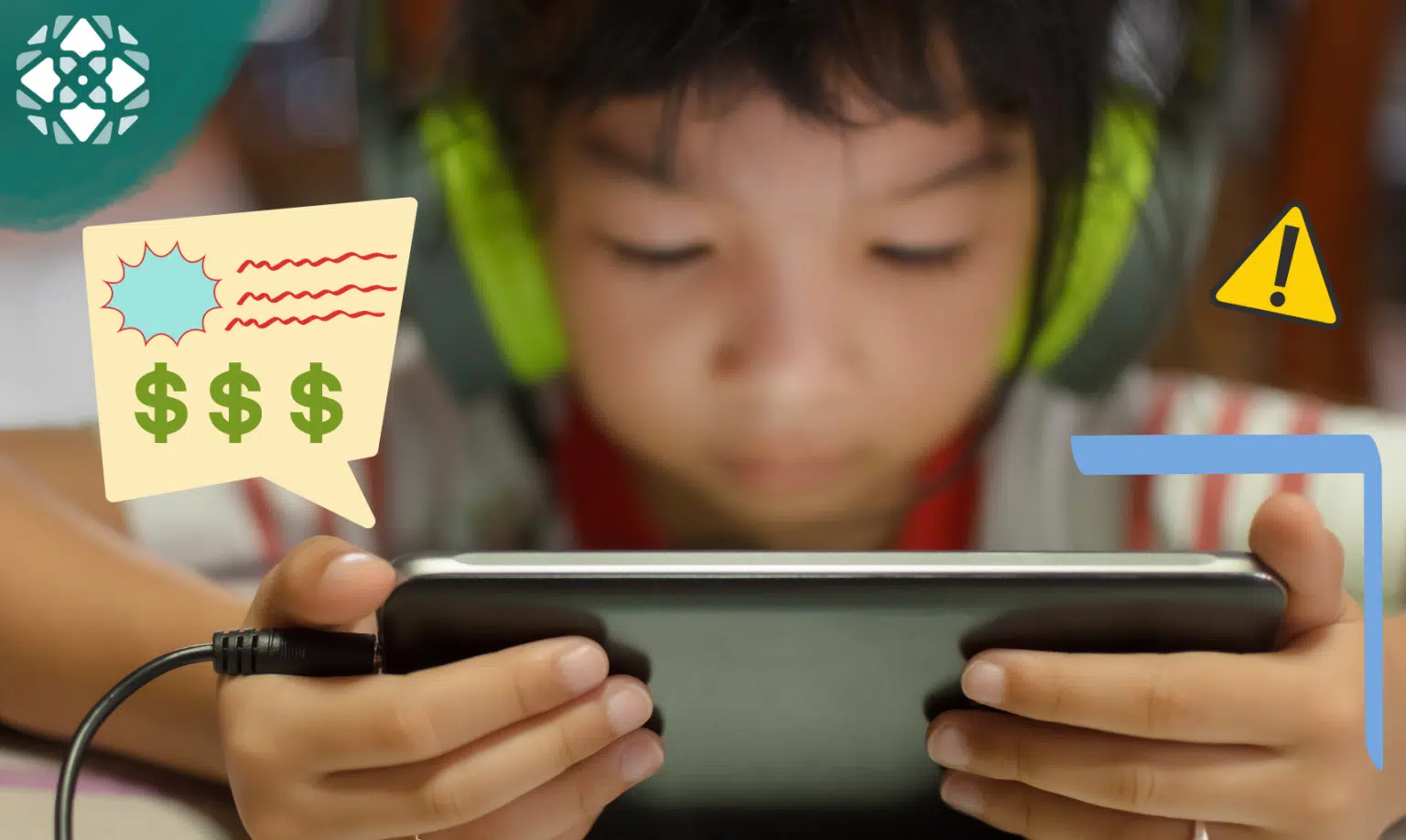- Luisa Scherer
What do I need to know about advertising that targets kids?
Updated: Jun 19, 2023

About 95% of apps for kids under the age 5 contain some kind of advertising. Among these apps, an “Educational” category was included. One third of the analyzed apps had their experience interrupted by video ads. In the case of free apps, this happened in more than half of them. Banner ads showed up in 17% of all the apps and 27% of the free ones.
This data comes from a study published in the Journal of Developmental & Behavioral Pediatrics. This study, which analyzed 135 apps, was headed by the University of Michigan’s C.S. Mott Children's Hospital, in the United States.
Question What Your Kids Are Consuming
Do you know what your kids are consuming in the apps, including the ads that appear? Even if there are filters that prevent violent ads from being shown, have you ever stopped to think about the number of products offered to your kids?
As app developers, we know that companies need to profit from their products. However, we need to talk about being coherent.
Is it coherent for an app that teaches pre-school children to read or count to allow its public to be exposed to so much advertising?
Parents, don’t look at the content produced by the app alone: Analyze all the content of the app, including the ads.
If you don’t agree with the type of advertising or the way it is done in the app or in the TV or YouTube channel, don’t continue to consume it. Change channels, find alternatives to said program or app for your kids to use.
Should I Buy an Ad-Free App or Let My Kids Be Exposed to Ads?
Let’s do the math:
Consider an app in which kids need to level up;
An advertisement is shown in each new level (or the same one if the kids need to go through it again);
Each level lasts about 3 minutes.
By the end of the first hour (which is the maximum recommended by doctors to kids between the ages of 2 and 5), these kids will have been exposed to 20 ads. The same calculation applies to video sharing platforms.
Reflect on this matter: what do you think about your kids watching so much advertising? Did you count on that every time you handed your phone or tablet for them to play on an app or watch a video?
Advertising and New Media
With social media, youtubers and the technological life, advertising started to carve out space in the new medium in a different way from what works on TV. Because of that, many cases of thinly veiled promotional content arised, in spite of the fact that it was illegal even before the new Brazilian General Personal Data Protection Law, according to article 36 of the 1990’s Consumer Defense Code.
"Thinly veiled advertising" is when online posts don’t state they’re a paid partnership, despite its marketing nature. This occurs in YouTube videos, when a youtuber talks subtly about a product in the middle of the video without warning it is branded content.
It’s worth remembering that thinly veiled advertising is forbidden for all kinds of target audiences.
In the case of children, it is even more serious because kids under the age of 9 cognitively still can’t tell the difference between what is the app content and what is advertising.
:: You can also read: TikTok: what you need to know about this social network popular among kids and teens ::
Editor's Note
Our goal here is to raise awareness. We know the world is full of advertising, publicity and marketing, and that we can’t raise our kids inside a protected bubble.
We need to think, however, about the number and the quality of the advertisements consumed by our kids in order to have an open dialogue with them about advertising and consumerism.
There’s no point in shielding our kids in their early years of childhood if, when they start their first year of school, they encounter a whole new world of advertising on the streets, in the classroom, and at their friends’ houses and don’t know how to handle all of this.
The least we offer advertising to kids, the better; but it’s everywhere. Therefore, learn which types of advertising your kids are exposed to and talk to them about it. Awareness is more potent than restriction, and to have an open dialogue is the most powerful way to raise awareness.
Truth and Tales' CEO About Kids Advertising
Luiza Guerreiro, Truth and Tales’ CEO, was part of a round table discussion on BIG Festival about this issue. The panel “Advertising that targets kids: what is and isn’t allowed in Brazil and Europe” happened on June 29th, 2019.
Everyone in the panel brought important information about what changed with the new law and gave a general overview of how advertising that targets kids works in Brazil. There were discussions about bad cases of advertising that targets children – cases which were still within law limits but were frowned upon – and about cases that were considered acceptable.
The mediator was Vicente Vieira, business director of Manifesto Games. Thaís Nascimento Dantas, from the Alana Institute, and Renato Leite Monteiro, from Data Privacy Brasil – who helped write the Brazilian General Personal Data Protection Law – were also part of the panel.
Text: Luisa Scherer
Translation: Mariana Gruber